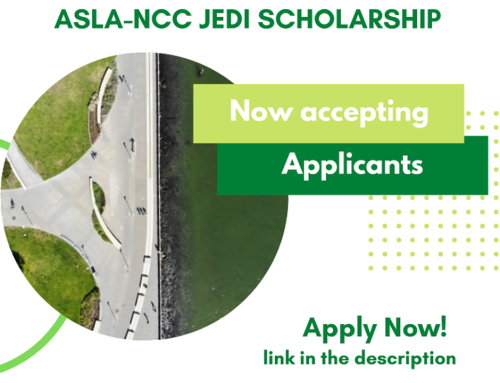by Andy Nowak
Frederick Law Olmstead gained much of his design influence from personal adventures, and for those who spent a sunny Saturday afternoon touring various projects at Stanford University, many of us walked away, feeling like Olmstead, with a light bulb over our heads. Thanks to Stanford University's Cathy Blake and Krista Grote, and the generous sponsors: TekWay, BrightView, Gardenside Ltd., Landscape Forms, and Victor Stanley, this ASLA-NCC event inspired us all through this cherished experience.
As you approach Stanford University driving down the iconic palm drive with oak woodlands on either side of the road you can see Memorial Church glistening at the end of your view. This surreal experience can be first credited to Frederick Law Olmstead 125 years ago, who embraced the "Genius of Place" and the use of sight lines. These design principles, as well as many others, are preserved by Stanford's University Architects, led by Cathy Blake, and although they are the gatekeepers in preserving Olmstead's fundamental design principles, they also embrace new technologies and innovative practices in light of the campus's ever-changing needs and demands.
As we walked to various projects throughout Stanford University that Saturday afternoon, listening to world-renowned landscape architects describe their philosophies and share anecdotes, we were subtly reminded of Olmstead's design principles along the way. This artful blend of new and old, has created an ongoing masterpiece, which can be seen both in the minute details and in the larger scale of the overall campus master plan.
Strolling down Lasuen Mall, once a major thoroughfare for vehicles, you can now see many people exercising by way of bicycle thanks to SWA. Students at the GSB Schwab Residential Center now have the luxury of exploring unique courtyards accented by blue colors outside their residences, all credited to the coordination of the Mexican architect Ricardo Legorreta and PWP. Faculty and students, if burnt out from a demanding schedule, now have the choice to break free and catch some fresh air at the Bowes Art & Architecture Library's roof-top garden designed by the Office of Cheryl Barton or relax at the Windhover Meditation Center, a Japanese style retreat, thanks to Andrea Cochran Landscape Architecture. Patients, nurses, and doctors can now sit and/or learn about the history of Stanford University's medicine at various seat walls along Discovery Walk, designed by Tom Leader Studio. Lastly, Scott Sebastian & Associates and Hargreaves Associates have both articulated Olmstead's original ideas of sight lines and quadrangles with the design of a water feature along Serra Mall and the expansion of Stanford's Science and Engineering Quad.
Pictures can describe 1,000 words, but first-hand experience can go much further. It was wonderful to see so many enthusiastic landscape architects, and hopefully everyone walked away inspired to carry on Olmstead's design principles, but, at the same time, take a leap of faith with new practices and technologies. When great minds come together, it is safe to assume the landscape architecture profession is heading in the right direction.




